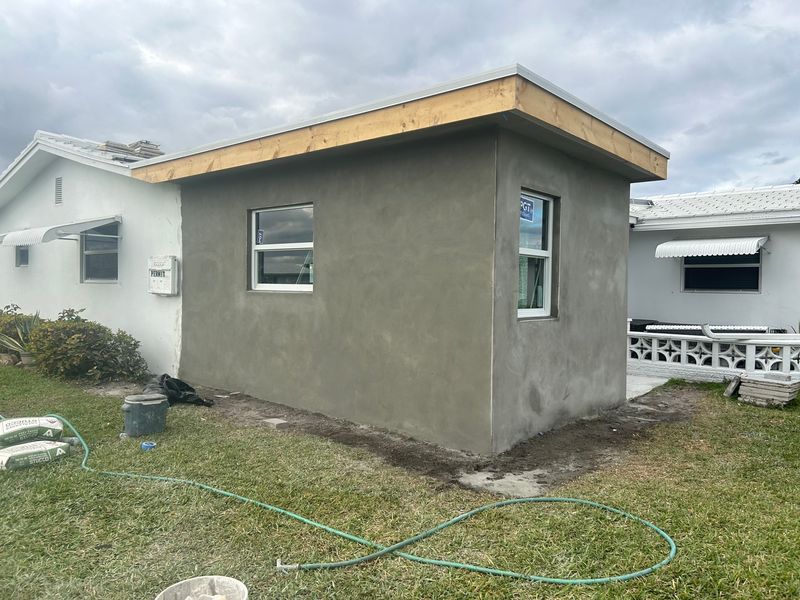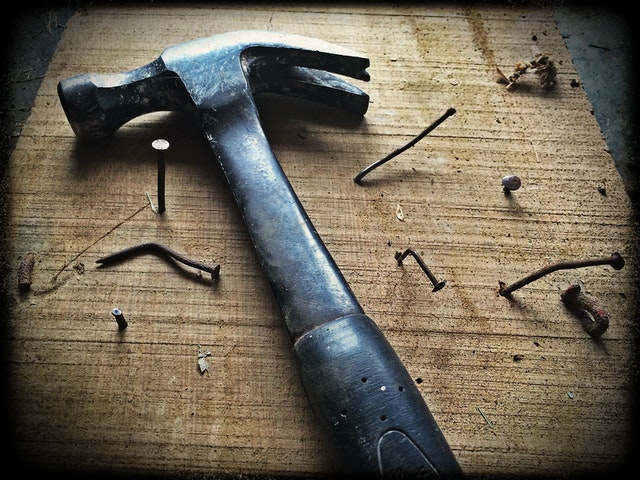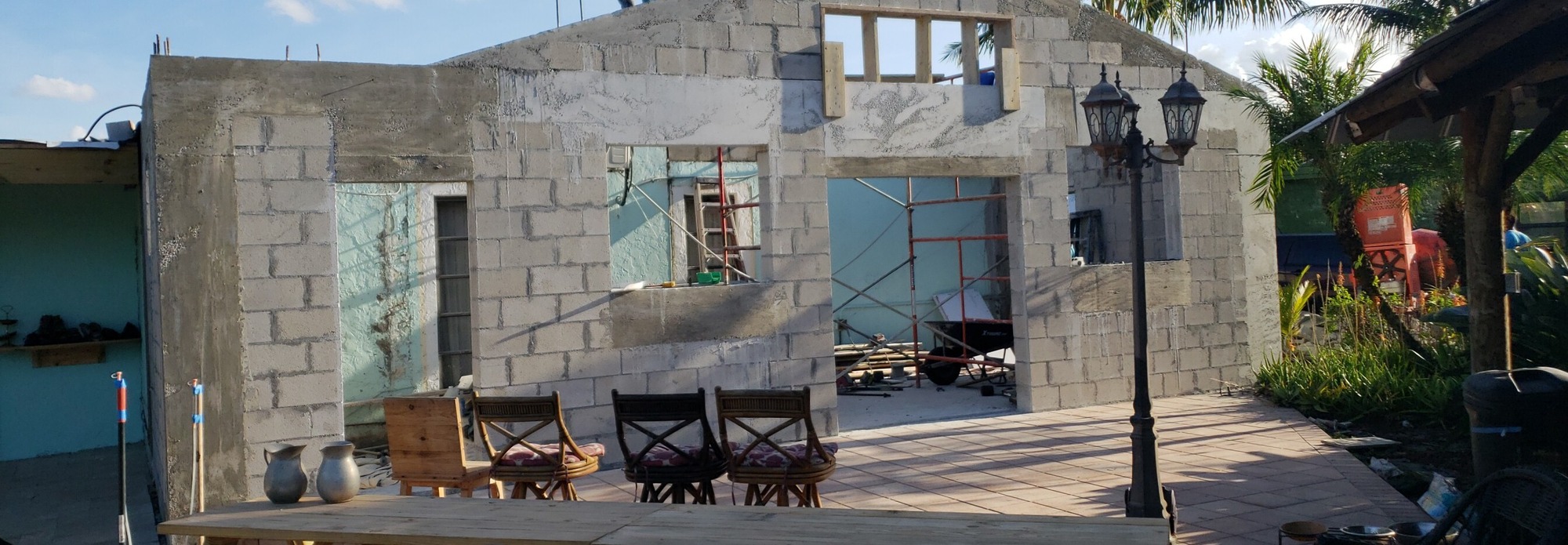WHAT YOU SHOULD KNOW BEFORE YOU CALL FOR AIR CONDITIONING REPAIR
Your A/C breaks, and suddenly you and your family are hot and uncomfortable. You search Google for A/C companies and call some for estimates. Wait, stop right here. What you need to know first is that A/C contractors charge to diagnose your machine. They do not give free estimates. The service call charge is typically in the $150 range. If you authorize them to complete the work, they will waive the service call fee. This leaves you in a poor position. You don’t want to call three companies for an estimate and pay $450 for diagnoses and estimates. To a large extent, you’re married to the first guy who shows up. Since you know absolutely nothing about air conditioners, how do you know if the company you call is telling you the truth? I can help. Below is a list of the most common reasons why air conditioners break, the symptoms you can use to identify the problem, and an idea of how costly the repair might be.
First, let’s identify the different parts of a typical home’s A/C split system. It’s called a split system because there are two main parts: the condenser unit that sits outside and the air handler inside.
CONDENSER: The condenser package consists of a compressor, fan, coil and starting components. The compressor is the big black thing at the bottom. The coil is the aluminum tubing apparatus surrounding the compressor. The fan is the fan. Here’s how it works: the condenser compresses gas returning from the air handler inside into a hot liquid in the coil. The fan moves air over the coil to cool the liquid before sending it back inside to the air handler.
The starting components are all the scary-looking electrical stuff. The starting components consist of a contactor and starting capacitors. Starting capacitors simply help the compressor and fan motors start. The contactor is basically the switch that turns everything on when it’s told to do so by the thermostat on your wall inside.
AIR HANDLER: The air handler is the box in your closet or attic. It also has a coil, fan and starting components. The starting components have a start capacitor, but instead of a contactor to turn on the fan, it uses what’s called a relay. When the thermostat signals the air handler to start, the relay sends power to the fan; with the help of the capacitor, the fan begins running.
There should also be an overflow switch in the air handler. Water collects in a pan at the bottom as the gas expands in the coil and drains through a pipe going outside. That pipe sometimes fills up with algae and the overflow switch turns off the air-handler in order to prevent a flood on your floor.
Below I have provided a flow chart that you can follow so that you can have a good idea of what’s wrong with your air conditioner. The color code offers a scale to describe the cost intensity.
1. Cheap
2. Reasonable
3. Moderate
4. Semi-costly
5. Costly
WATER ALL OVER THE FLOOR
- Overflow switch missing or not working.
The overflow switch is located on the pipe coming out of the air handler. It has two little wires that route into the box, and a float that can usually be pulled from its housing.- If both indoor and outdoor units are running, you need a new switch.
- Call an A/C contractor to replace the switch
- Follow the instructions in the 2nd bullet to clear the drain line
- If you can’t find the switch, you need to:
- Call an A/C contractor to install a switch
- Follow the instructions in the 2nd bullet to clear the drain line
- If you pull the switch out, fiddle with it and the machine starts
- Follow the instructions in the next bullet to clear the drain line
- If both indoor and outdoor units are running, you need a new switch.
- Find the drainpipe outside. It will be close to an exterior wall on the ground and have water and probably algae dripping out of it. Get a shop vacuum and suck it out. Done.
SYSTEM DOESN’T START OR FULLY START
INDOOR UNIT NOT STARTING
- Overflow switch
- Follow the steps above
- Start capacitor
- If the outdoor unit is running, turn off its breaker so you won’t be confused by the sound of the liquid coming from the compressor outside. If the fan motor is still good and you just have a failing start capacitor, you will probably hear one of the noises below at startup. Turn the unit off at the thermostat. Wait about a minute and turn it back on. Go back to the air handler and listen for the following:
- Do you hear a humming or buzzing?
- Call an A/C contractor to change the capacitor
- Do you hear a gentle bumping?
- Call an A/C contractor to change the capacitor
- Do you hear a humming or buzzing?
- Sometimes there is a five-minute time delay for the thermostat to turn the unit back on, so be patient and wait.
- If the start capacitor is not bad, you probably need a new fan motor.
- Call an A/C contractor to change the fan motor
- If the outdoor unit is running, turn off its breaker so you won’t be confused by the sound of the liquid coming from the compressor outside. If the fan motor is still good and you just have a failing start capacitor, you will probably hear one of the noises below at startup. Turn the unit off at the thermostat. Wait about a minute and turn it back on. Go back to the air handler and listen for the following:
- Thermostat
- You can check the thermostat display for an error code, and it can’t hurt to simply put new batteries in it
- Change thermostat batteries
- The thermostat is bad
- Call an A/C contractor to install a new thermostat
- You can check the thermostat display for an error code, and it can’t hurt to simply put new batteries in it
OUTDOOR UNIT NOT STARTING
- Contactor
- Turn off the breaker or pull the disconnect switch outside. Wait about a minute and turn the power back on. If you didn’t use the thermostat to turn off the unit, there is no need to wait for a time delay. Listen for a clicking sound almost immediately in the condenser package.
- If you don’t hear a click, you need a contactor.
- Call an A/C contractor to replace the contactor
- If you hear a click, check the next steps.
- Start capacitors
- There is a start capacitor for both the fan and the compressor.
- If the fan motor is humming or trying to start but just not making it, then you probably only need a fan start capacitor
- Call an A/C contractor to install a new capacitor
- If the fan motor is not humming or trying to start
- You may need a new fan motor
- If the compressor is humming
- You probably only need the start capacitor
- If there is no humming in the compressor, you probably need a new compressor or an entirely new unit
- Call an A/C contractor to install a new compressor or replace the unit
- If the fan motor is humming or trying to start but just not making it, then you probably only need a fan start capacitor
- There is a start capacitor for both the fan and the compressor.
- Fan motor – see Start capacitors
- Compressor - see Start capacitors
SYSTEM RUNNING BUT NOT COOLING
- Low on gas or dirty filter
- A dirty filter in the air handler: Inspect the air filter. If it’s really dirty, then you’re not getting enough air flow. Sometimes you will see ice on one of the pipes coming out of the condenser outside when you have a dirty air filter. This is not to be confused with the next bullet.
- Change the air filter and call an A/C contractor to see if the coil needs to be cleaned
- Go outside and check the pipes coming out of the condenser package. If you see ice forming and you have a clean air filter, then there is a good chance your unit needs a charge of Freon.
- Call an A/C contractor to find the leak and charge the system
- If you don’t have a cold pipe and a warm pipe, there is probably no gas in the unit
- Call an A/C contractor to find the leak and charge the system
- A dirty filter in the air handler: Inspect the air filter. If it’s really dirty, then you’re not getting enough air flow. Sometimes you will see ice on one of the pipes coming out of the condenser outside when you have a dirty air filter. This is not to be confused with the next bullet.
It can be stressful when your A/C breaks. You may not feel as though you’re in control of the process. However, using the flow chart provided above should make your life a little less complicated, help you feel more comfortable, and ensure the repair company you call doesn’t take advantage of you.
Please visit our website for more information or to ask a question.
You can share the link to a post of this article on our blog









